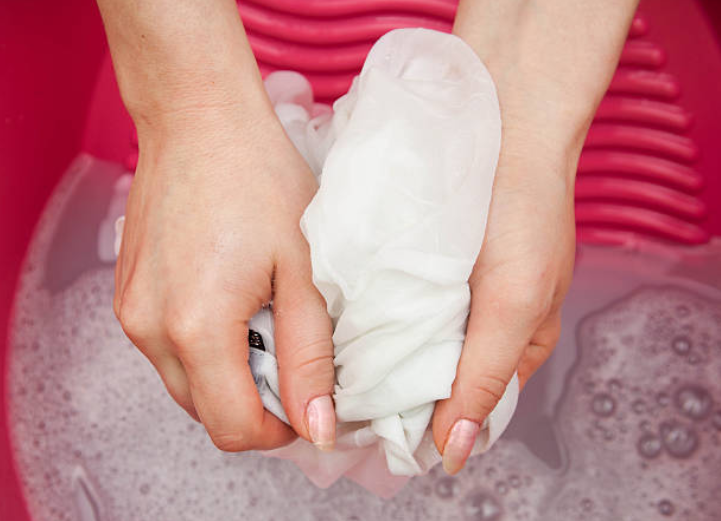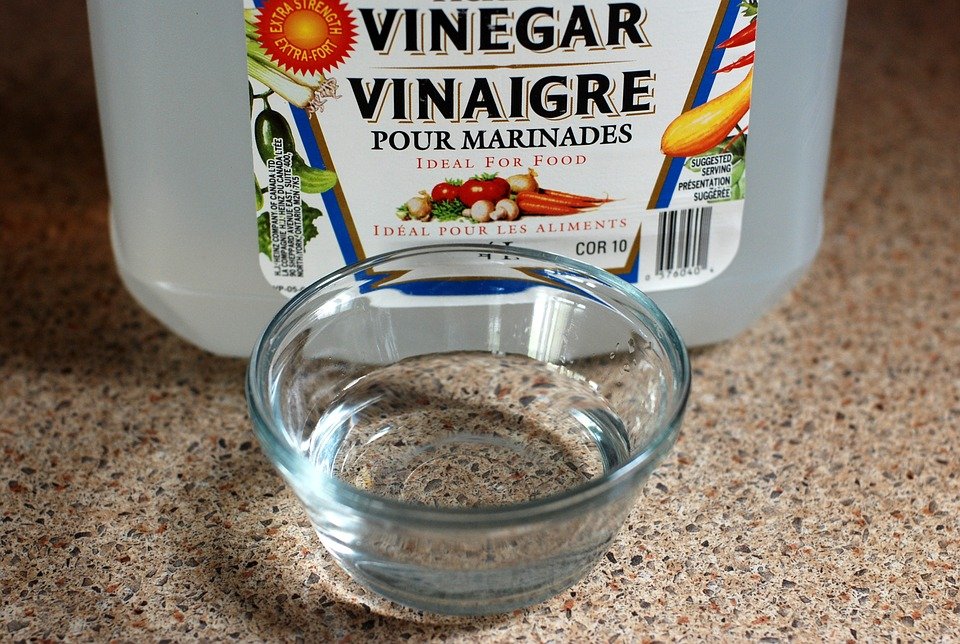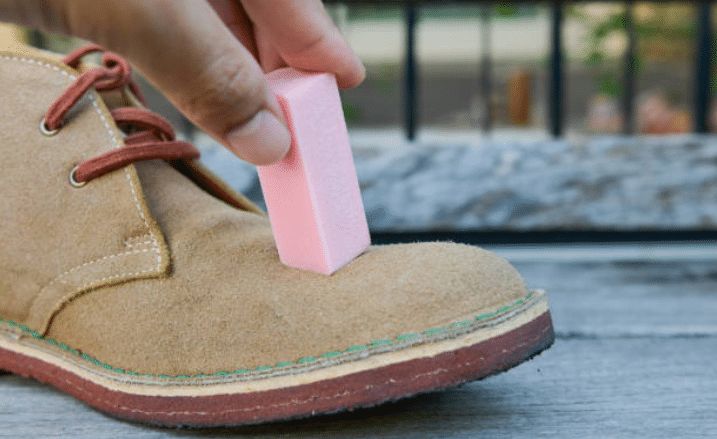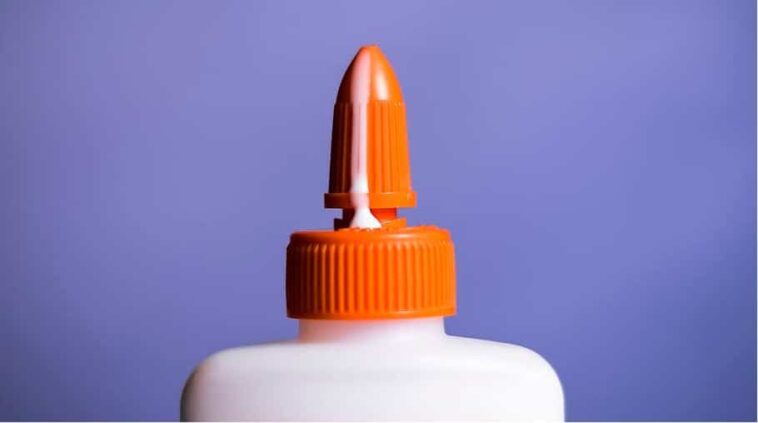After a creative afternoon with your children or a weekend tinkering and making repairs in your home, you find yourself with a trace of glue. So, of course, the ideal is to wear an old piece of clothing that you won’t be afraid of staining and gloves. However, we are not always careful and strong glue residues take advantage of this! So, how do you remove a glue stain and which stain remover should you turn to? Grandma tells you everything.
1) The first reflex against a glue stain: hot water
Often, hot water will remove fresh glue stains before they set in. To do this, start by removing the excess with a spatula or the edge of a knife. Then rinse the stain with hot water by rubbing it. This dilutes it and prevents it from becoming embedded and impossible to remove. For the epoxy glue or carpenter’s glueyou can use hot soapy water and let it soak the fabric for 10 minutes. Then rinse and scrape vigorously. However, if rinsing with hot water is not enough to clean everything, you will have to remove the glue using extreme measures.
2) Soapy water against an epoxy glue or carpenter’s glue stain

First, scrape the stain carefully with the edge of a knife or your fingernail to remove as much as possible. Then, immerse your garment in a good bath of hot water for at least 10 minutes. After that, scrub well and head for the machine after a good rinse!
3) Acetone versus neoprene or polyurethane glue
Commonly used to bond metal, plastic or wood, these glues are often more tenacious. To dissolve these tough stains, dab them with a cloth dampened with acetone. Then rinse thoroughly and put everything in the washing machine. Unfortunately, acetone can cause fabric discoloration. When in doubt, test this solution on a less visible part of the fabric.
4) White vinegar for a stain from several types of glue

Less risky than acetone, this technique can work on neoprene and polyurethane glue stains, but also fast-setting glue (cyanoacrylate based). Additionally, this will remove tough white glue or glue stick marks. In short, vinegar is the most versatile solutionespecially when we don’t know the composition of the glue. To do this, boil white vinegar. While waiting for it to heat up, take care to moisten the stain with hot water. Then wipe with a cloth soaked in your hot vinegar.
5) Iron on old stains
The heat of the iron will allowsoften and melt the stain to better be able to remove it. Here the hairdryer can also be used if you don’t have an iron. After placing three thick sheets of paper towel on the stain, run your iron over it in a back and forth motion. In doing so, the paper towel will absorb the stain! Finish by washing the garment in the washing machine or by hand.
6) For a glue stain on faux leather or suede

These two materials are sometimes difficult to detach ! For both, you will need to start by scraping gently with a spoon. To remove the suede, dab what’s left with a microfiber cloth dampened withhousehold alcohol at 70°. This should normally be enough. If necessary, clean the area with suitable products to complete the cleaning. For imitation leather, it will be better to use cleansing milk with a little baking soda. This will allow for smooth scraping.
Bonus tip: For a stain on the floor (tiles, wood, carpet), use rubbing alcohol instead.
Related articles:


